Best Hydrangeas for Canada: Top Varieties for Cold Climates
Regarding gardening in Canada, selecting the right plants for the climate is crucial. Hydrangeas are popular for gardeners due to their beautiful blooms and low-maintenance nature.
However, not all hydrangeas are created equal, and some may struggle to survive in the harsh Canadian winters. Therefore, choosing the best hydrangeas for the Canadian climate is important to ensure a thriving garden.
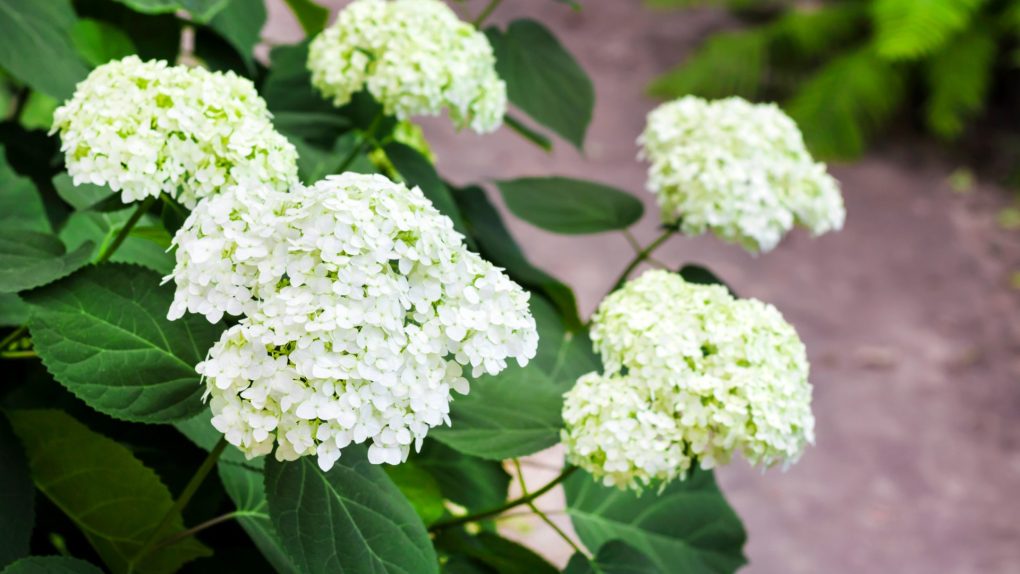
The ideal hydrangea for Canada is hardy, meaning it can withstand cold temperatures and harsh weather conditions. Some of the best hydrangeas for the Canadian climate include the classic ‘Annabelle’ hydrangea, which blooms in mid to late summer with large white globes and can be pruned to the ground in the spring.
Another great option is the ‘Limelight’ hydrangea, which features lime-green blooms that turn pink in the fall and is hardy in zones 3-8. The ‘Incrediball’ hydrangea is a hardy and reliable option with giant, round blooms that can reach up to 12 inches in diameter.
Table of Contents
Hydrangea Varieties That Stand Cold
Hydrangeas are a popular choice for Canadian gardens due to their beautiful blooms and ability to thrive in cooler climates. There are four main types of hydrangeas: Bigleaf, Smooth, Panicle, and Oakleaf. Each type has its unique characteristics and growing requirements.
Bigleaf Hydrangeas
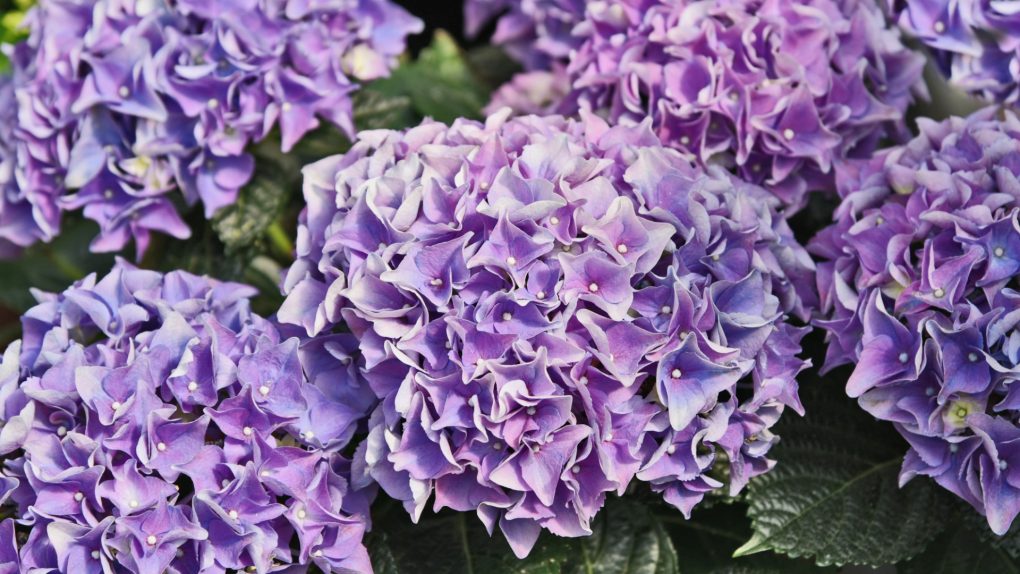
Bigleaf hydrangeas, also known as Mophead hydrangeas, are known for their large, round flower heads in shades of pink, blue, and purple. They prefer partial shade and well-drained soil with plenty of organic matter. Some popular varieties include:
● ‘Nikko Blue’: Large blue flowers
● ‘Endless Summer’: Blooms on old and new wood, producing flowers throughout the season
● ‘Blushing Bride’: White flowers that turn pink as they mature
Smooth Hydrangeas
Smooth hydrangeas, also known as Annabelle hydrangeas, are known for their large, fluffy white flowers that bloom in early summer. They prefer partial shade and moist, well-drained soil. Some popular varieties include:
● ‘Annabelle’: Large white flowers that can reach up to 12 inches in diameter
● ‘Incrediball’: A newer variety with even larger flowers than ‘Annabelle’
● ‘Bella Anna’: Pink flowers that fade to green
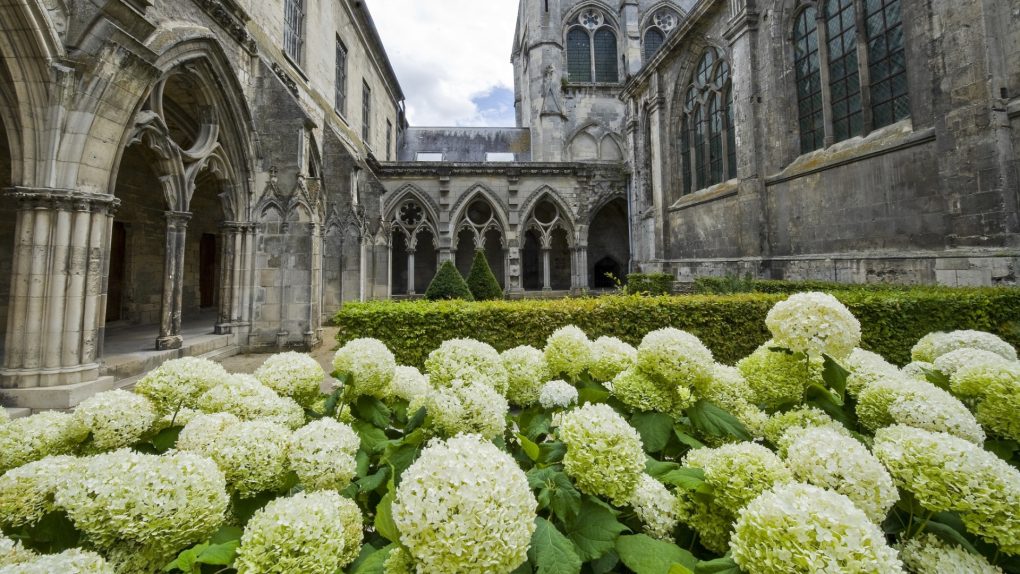
Panicle Hydrangeas
Panicle hydrangeas, or PeeGee hydrangeas, are known for their cone-shaped flower heads that start white and turn pink as they mature. They prefer full sun to partial shade and well-drained soil. Some popular varieties include:
● ‘Limelight’: Large, cone-shaped flowers that start green and turn pink in the fall
● ‘Little Lamb’: Small, delicate flowers that bloom in early summer
● ‘Pinky Winky’: Pink and white flowers that bloom in mid-to-late summer
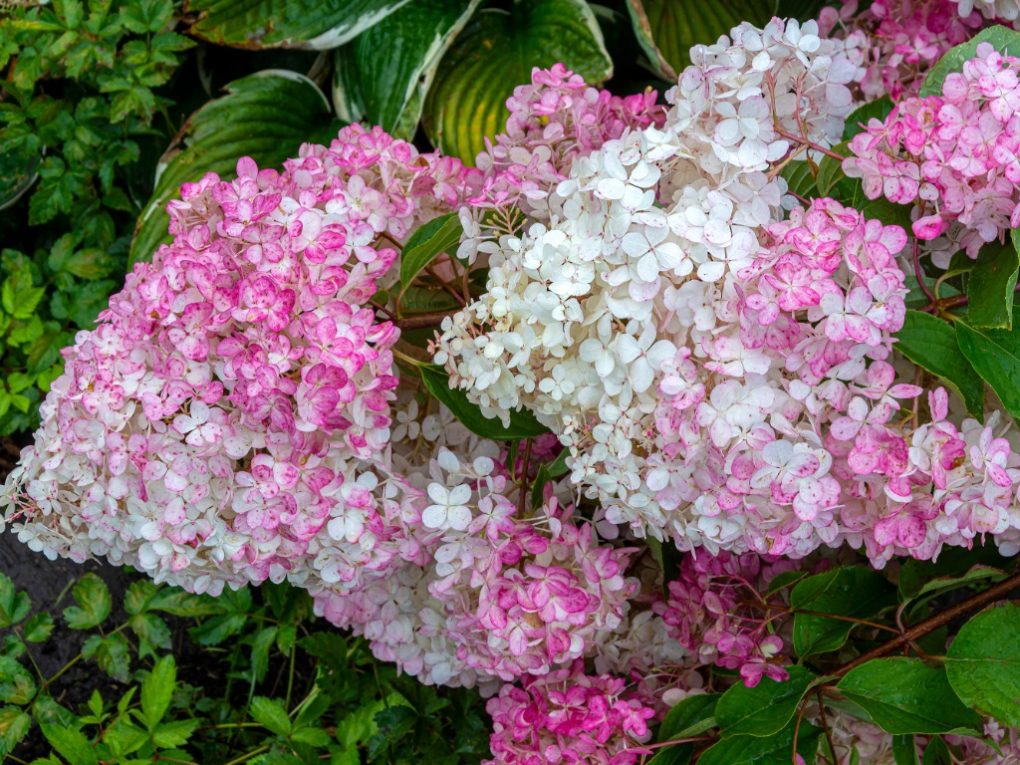
Oakleaf Hydrangeas
Oakleaf hydrangeas are known for their large, cone-shaped flower heads and distinctive foliage that turns red in the fall. They prefer partial shade and well-drained soil with plenty of organic matter. Some popular varieties include:
● ‘Alice’: Large, white flowers that turn pink as they mature
● ‘Snow Queen’: Large, white flowers that bloom in early summer
● ‘Ruby Slippers’: Pink flowers that turn red in the fall
Maintenance Tips
Watering
Hydrangeas need consistent moisture to thrive. In hot and dry weather, they require more watering. The best way to water hydrangeas is to give them a deep soaking at the base of the plant. Avoid getting water on the leaves as it can lead to fungal diseases. Watering should be done in the morning or evening to prevent evaporation.
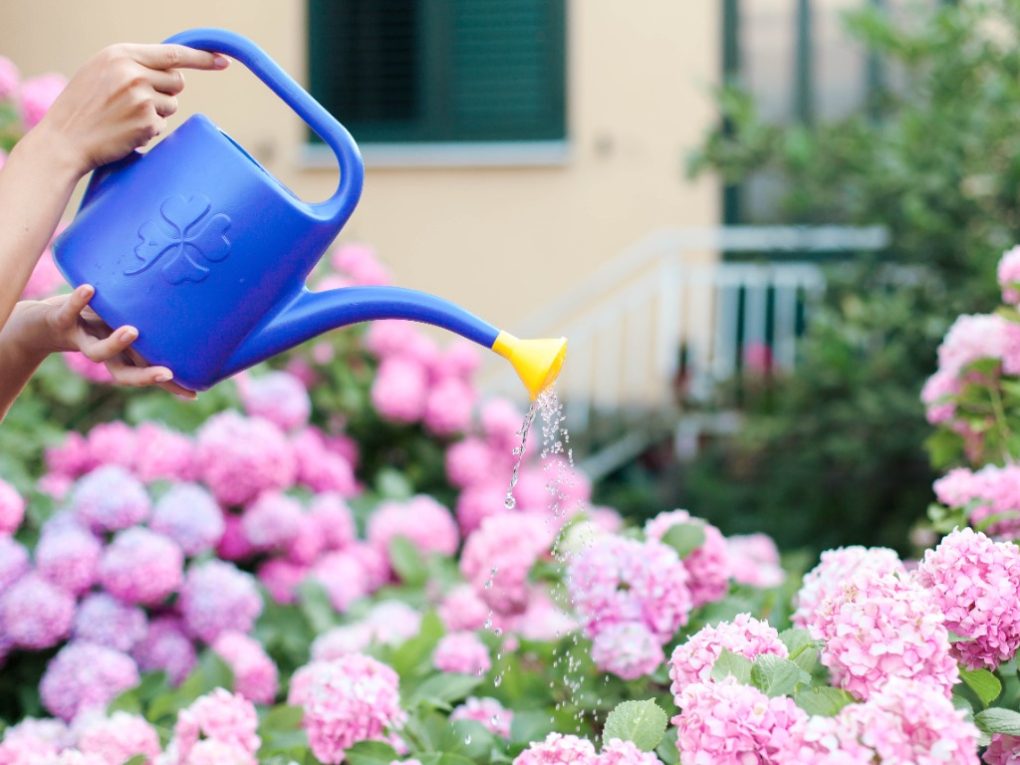
Fertilizing
Fertilizing is important for the growth and health of hydrangeas. It is recommended to fertilize once in the spring with a balanced fertilizer. Avoid fertilizing in the fall as it may stimulate new growth that does not have time to harden off before winter. Over-fertilizing can lead to excessive foliage growth at the expense of flowers.
Pruning
Pruning hydrangeas is important for maintaining their shape and promoting healthy growth. The timing and method of pruning depends on the type of hydrangea. For mophead and lacecap hydrangeas, pruning should be done after flowering. For panicle hydrangeas, pruning can be done in late winter or early spring. Therefore, it is important to remove dead, damaged, or diseased wood and to thin out old, woody stems to promote new growth.
By following these maintenance tips, gardeners can ensure that their hydrangeas thrive and produce beautiful flowers year after year.
